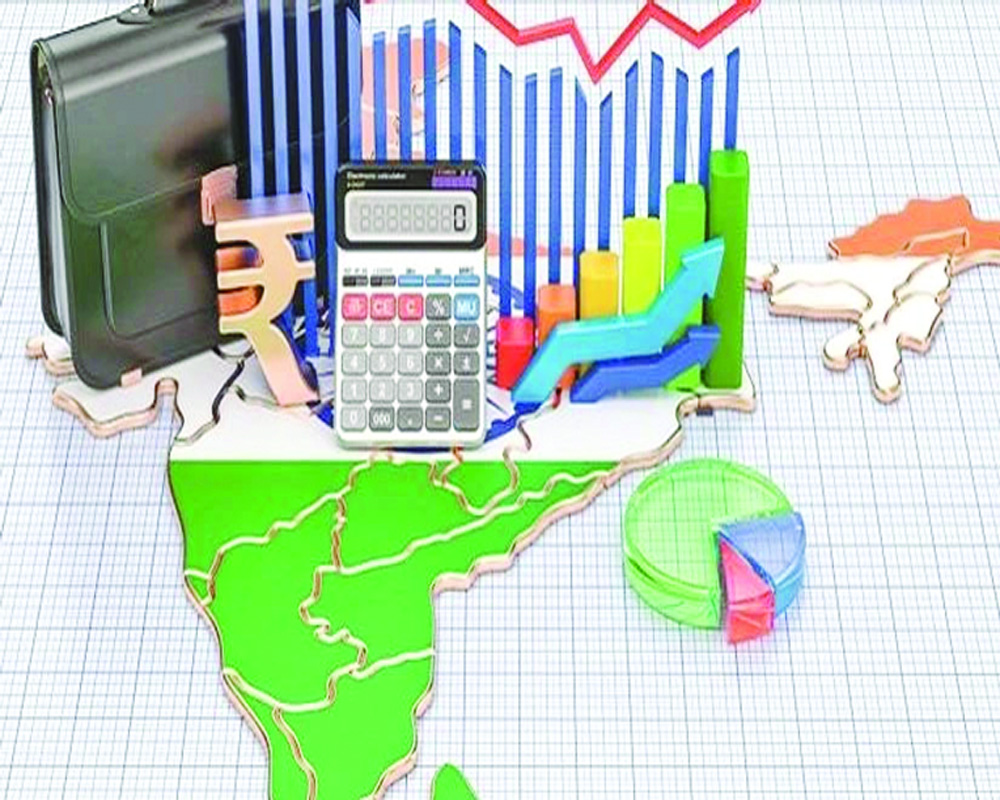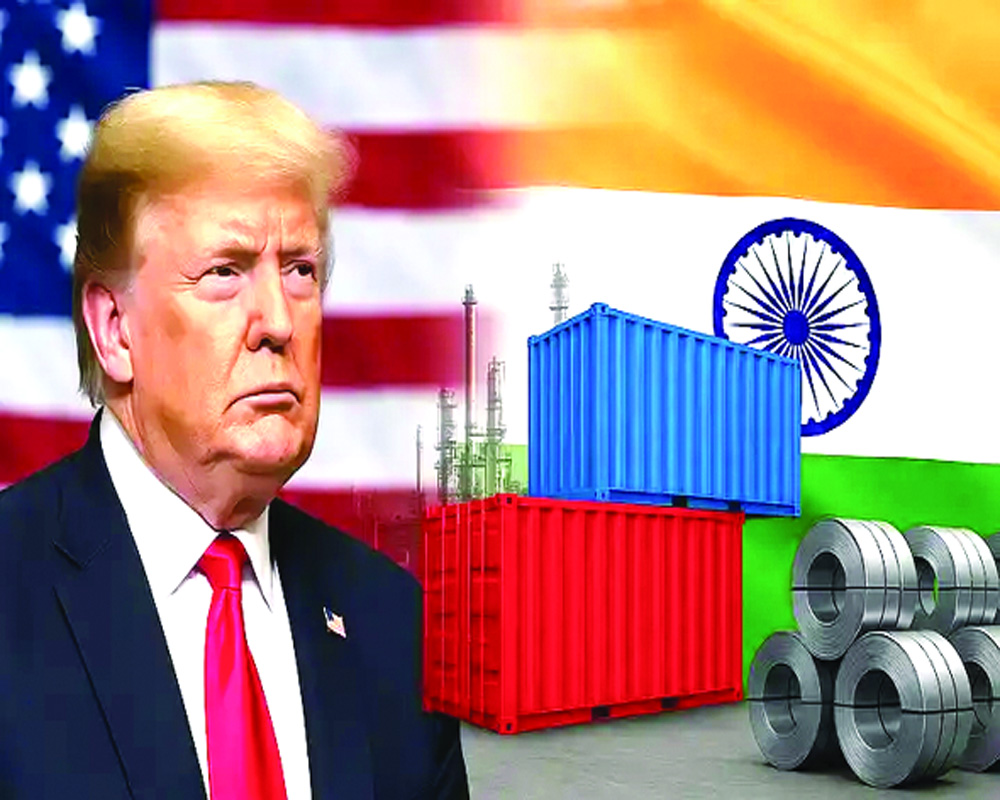The COVID-19 pandemic has had a profound impact on economies around the world, and the relationship between the United States and India has not been immune to this disruption. However, as the pandemic subsides and the world begins to emerge from its economic slumber, the future of US-India economic relations looks bright.
One reason for this optimism is the growing importance of India as a major economic power. In recent years, India has emerged as one of the world's fastest-growing economies, and its population of over 1.3 billion people represents a significant market for US businesses. Furthermore, India has made a concerted effort to modernize its economy and infrastructure, which has attracted increased investment from the US and other countries.
The US, for its part, has long recognized the strategic importance of India as a partner in Asia. As the world's second-most populous country and a major regional power, India has the potential to be a key ally for the US in its efforts to maintain a balance of power in the region. In recent years, the US has taken steps to deepen its economic and strategic ties with India, including through the US-India Strategic Partnership Forum and the US-India Business Council.
Despite the challenges posed by the pandemic, there are reasons to be optimistic about the future of US-India economic relations. One key area of focus will be on increasing trade and investment between the two countries. Although bilateral trade between the US and India has grown significantly in recent years, there is still significant room for growth, particularly in sectors such as technology, pharmaceuticals, and defense.
To this end, the US and India have already taken steps to reduce trade barriers and improve market access for each other's businesses. In 2019, the US and India signed a trade deal that reduced tariffs on a range of products and services, and the two countries have also launched a high-level trade dialogue aimed at increasing trade and investment flows.
Another area of potential cooperation is in the field of renewable energy. Both the US and India have set ambitious goals for reducing carbon emissions and transitioning to clean energy, and there is significant potential for collaboration in this area. The US has already announced plans to provide technical assistance and financing for India's renewable energy sector, and there is potential for increased collaboration on research and development of new clean energy technologies.
Of course, there are still challenges that must be overcome if the US and India are to deepen their economic partnership. One of the biggest obstacles is India's complex regulatory environment, which can be difficult for US businesses to navigate. India has made some progress in recent years in streamlining its regulations and improving the ease of doing business, but more work needs to be done to create a more business-friendly environment.
Another challenge is the issue of intellectual property rights. The US has expressed concerns about India's intellectual property regime, which it views as insufficiently protective of US companies' patents and trademarks. This is a sensitive issue for India, which has argued that its intellectual property laws are designed to promote innovation and access to affordable medicines.
Despite these challenges, there are reasons to be optimistic about the future of US-India economic relations post-pandemic. Both countries have a strong interest in deepening their economic ties, and there is significant potential for increased trade and investment between the two countries. As the world continues to recover from the pandemic, the US and India will be well-positioned to work together to promote economic growth and prosperity in the region and beyond.








 OpinionExpress.In
OpinionExpress.In















Comments (0)